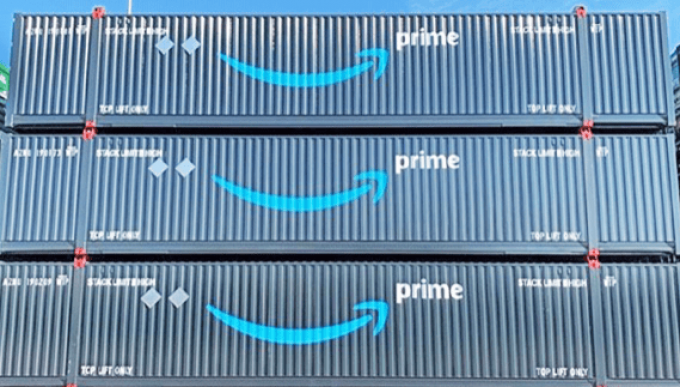Update from Amazon CEO Andy Jassy on Generative AI
Written by Andy Jassy, CEO of Amazon, and published today (17 June): (The message below was ...

Amazon last week took delivery of the first 48 containers of its order for 250 53ft boxes, as it ramps up its domestic US network.
JOC revealed that the internet retailer had placed the order for intermodal containers as another step towards its goal of becoming a large ...
CMA CGM South Korean staff strike over bonuses after bumper 2024 profit
MSC switches two more Asia-Europe port calls from congested Antwerp
CMA airline returns two freighters, while ANA takeover of NCA looms
Nightmare for Bangladeshi exporters as congestion and tariffs bite
Tradelanes: Export boom in Indian sub-continent triggers rise in airfreight rates
Carriers introduce surcharges as congestion builds at African ports
Ports and supply chain operators weigh in on funding for CPB
Box ship overcapacity threat from carrier appetite for new tonnage

Comment on this article